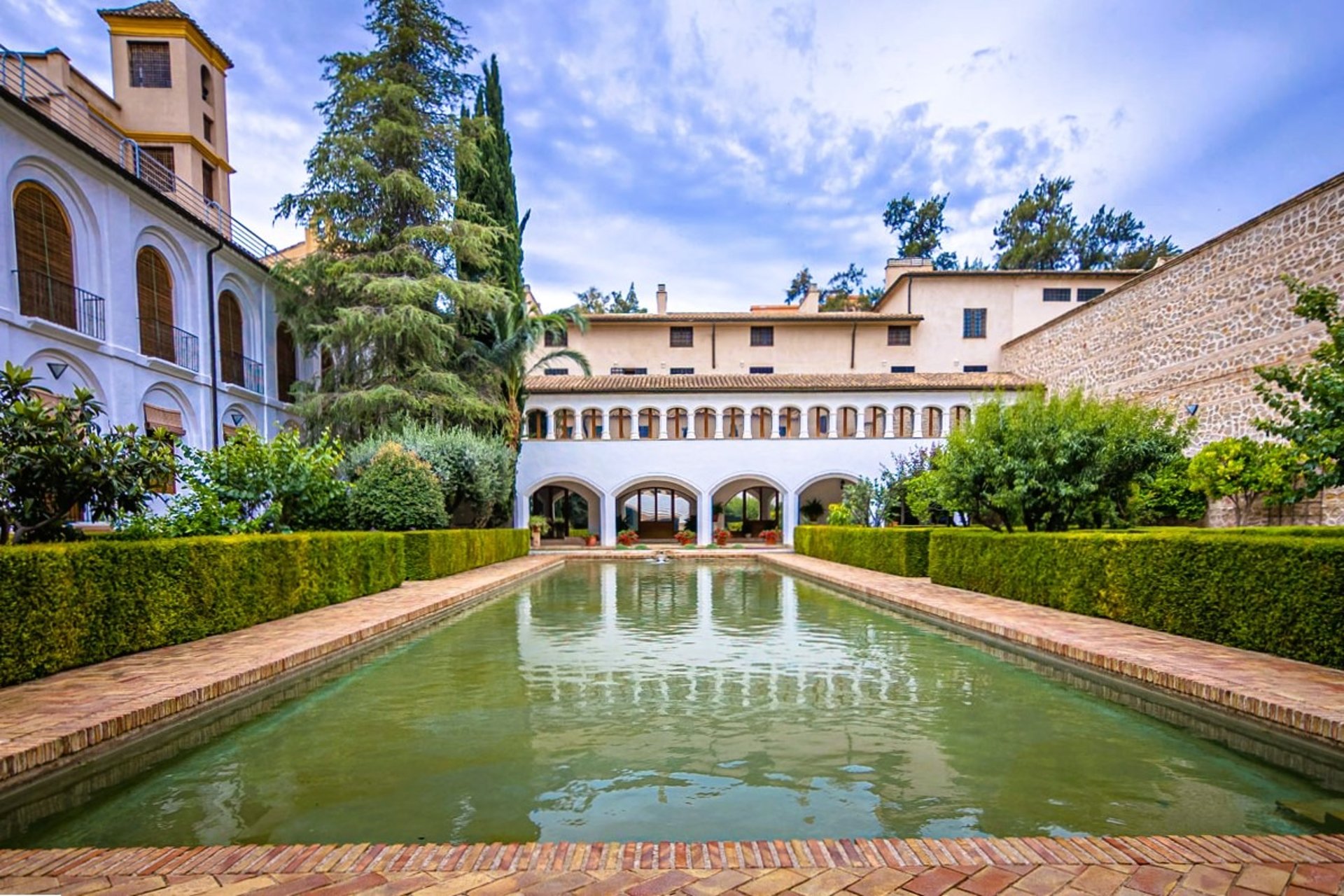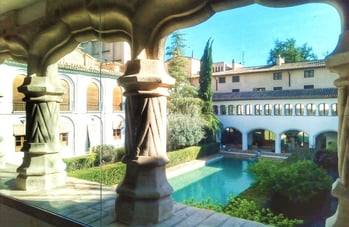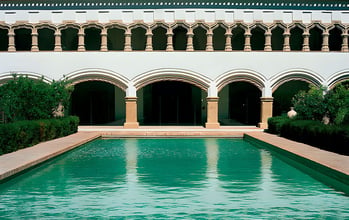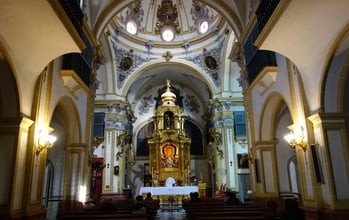Sierra Golf Community

Monastery Museum of Santa Clara
Santa Clara Museum: A journey through time from the Middle Ages to today
The building that houses the museum was a palace of Muslim emirs in the 12th and 13th centuries, a fortress for Castilian monarchs and a royal monastery of the Poor Clare nuns from 1365 to the present day.
A building that is an iconic confluence of eras and cultures, such as Islamic, Gothic and Baroque.
Santa Clara has a large collection of Andalusian archaeology, with architectural remains that include carved and decorated wood, plinths with interesting ataurique work, carved and painted plasterwork, as well as the remains of a muqarnas roof.
Figurative scenes stand out, such as the image of the famous flute player (which represents a woman playing the mizmar).
The Silent Times Room, the pinnacle of sacred art
Located in the upper choir and gallery of the monastery, this room displays the works of art of the Poor Clare nuns, a heritage of the monastery collected through donations or as dowries given to novices upon entering the convent. These include sculptures, paintings, documents and luxury pieces of great artistic value.
It preserves one of the oldest Arab pools in Spain
A visit to the museum also allows visitors to admire the 13th-century Arab pool, a place of rest and relaxation for Muslim emirs, the Gothic gallery of the cloister and the pictorial representations of dragons in the choir, also in Gothic style.
The crystal-clear waters of the pool take us back in time, reflecting the surrounding architecture like a mirror and enhancing its monumentality.


Alfonso X the Wise Walk, 1, 30008 MURCIA
Phone: +34 968 272 398
Email: museosantaclara@gmail.com
http://www.museosregiondemurcia.es/museo-santa-clara-de-murcia




Community
Subscribe Today For Local News, Local Events and Onsite Updates.
(You will NOT receive any spam and your information will not be shared with any third parties.)
Support AND CONNECT
© 2025. All rights reserved.
Get in touch to share news and support our community.
This is your website, so if you know of something that is of interest to others, please share it.
Tell us about a local art group, book club, or a great place you love to visit.